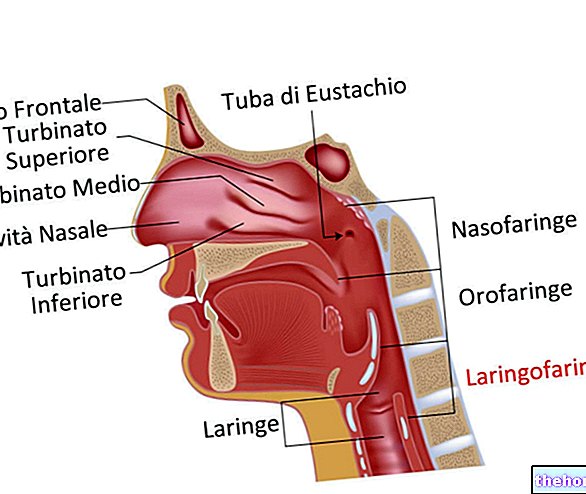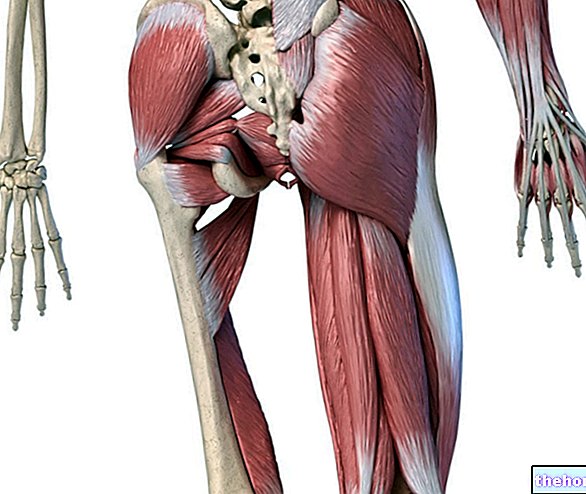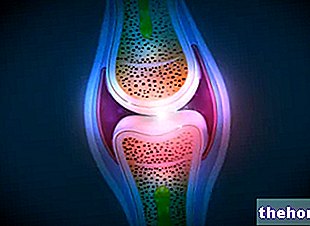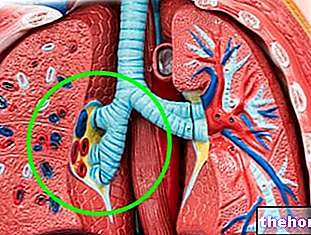
Distributed at the level of the trunk, the expiratory muscles are divided into main and accessory.
The main expiratory muscles are the protagonists of the expiratory phase of breathing at rest; the accessory expiratory muscles, on the other hand, support the activity of the main expiratory, when breathing becomes forced.
The expiratory muscles are distributed on the trunk, partly in the thoracic level and partly in the abdominal area.
Resistant to fatigue, expiratory muscles belong to the category of striated muscles (or skeletal muscles or voluntary muscles); however, there is "an important part of them whose control responds not only to" voluntary "nervous activity (just like all other skeletal muscles), but also to" involuntary "nervous activity (such as smooth muscles).
This is not surprising: the involuntary control of the expiratory muscles is related to the predominantly unconscious nature of breathing; moreover, if this were not the case, the human being should undertake to control the expiratory muscles at all times, even when sleeping (which is not the case).
The expiratory muscles join another fundamental group of muscles involved in the respiratory process: the inspiratory muscles; as the name suggests, the inspiratory muscles are the breathing muscles that take part in the breathing mechanism of air.
For further information: Inspiratory Muscles: What Are They and What Are They For?



.jpg)




.jpg)


















